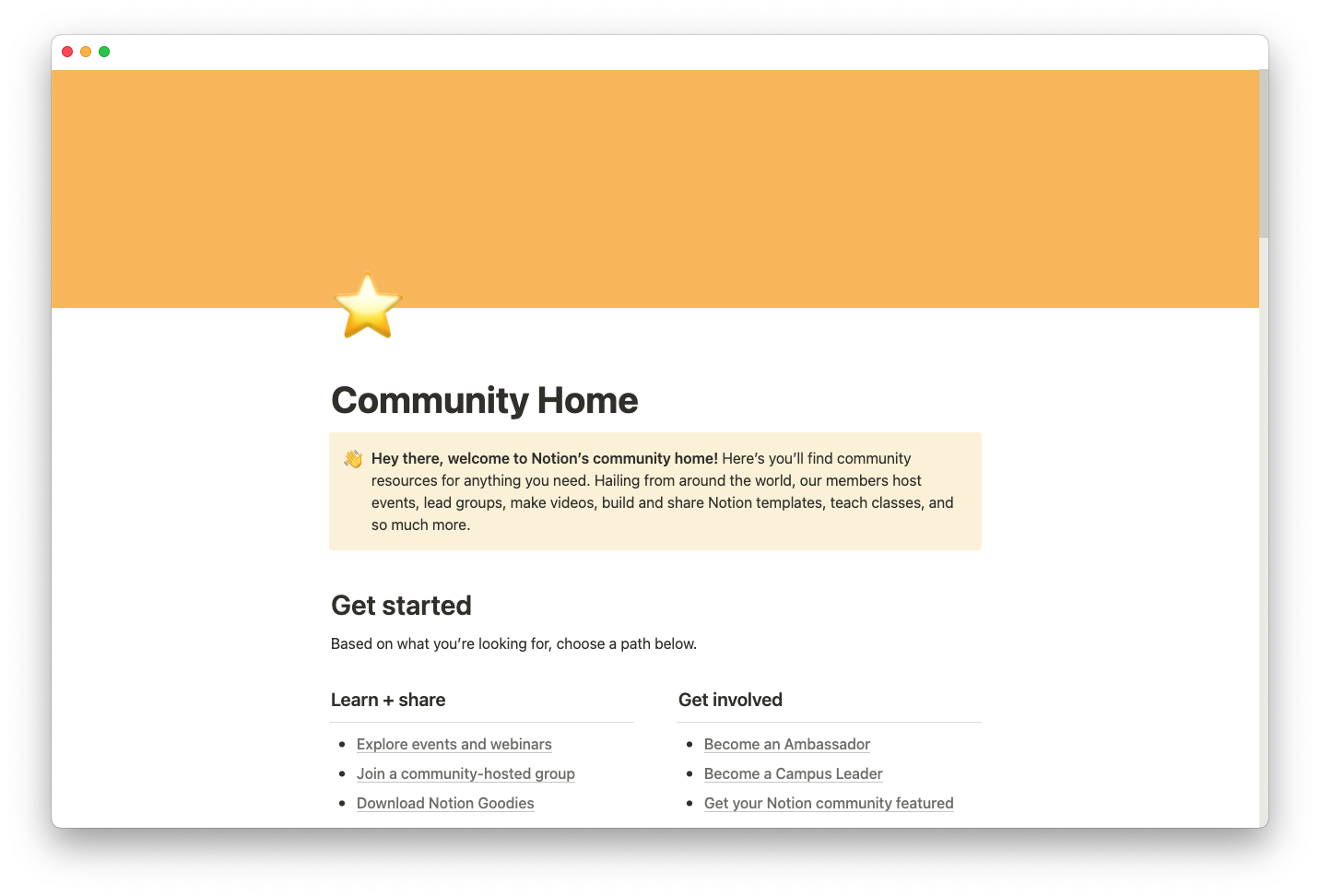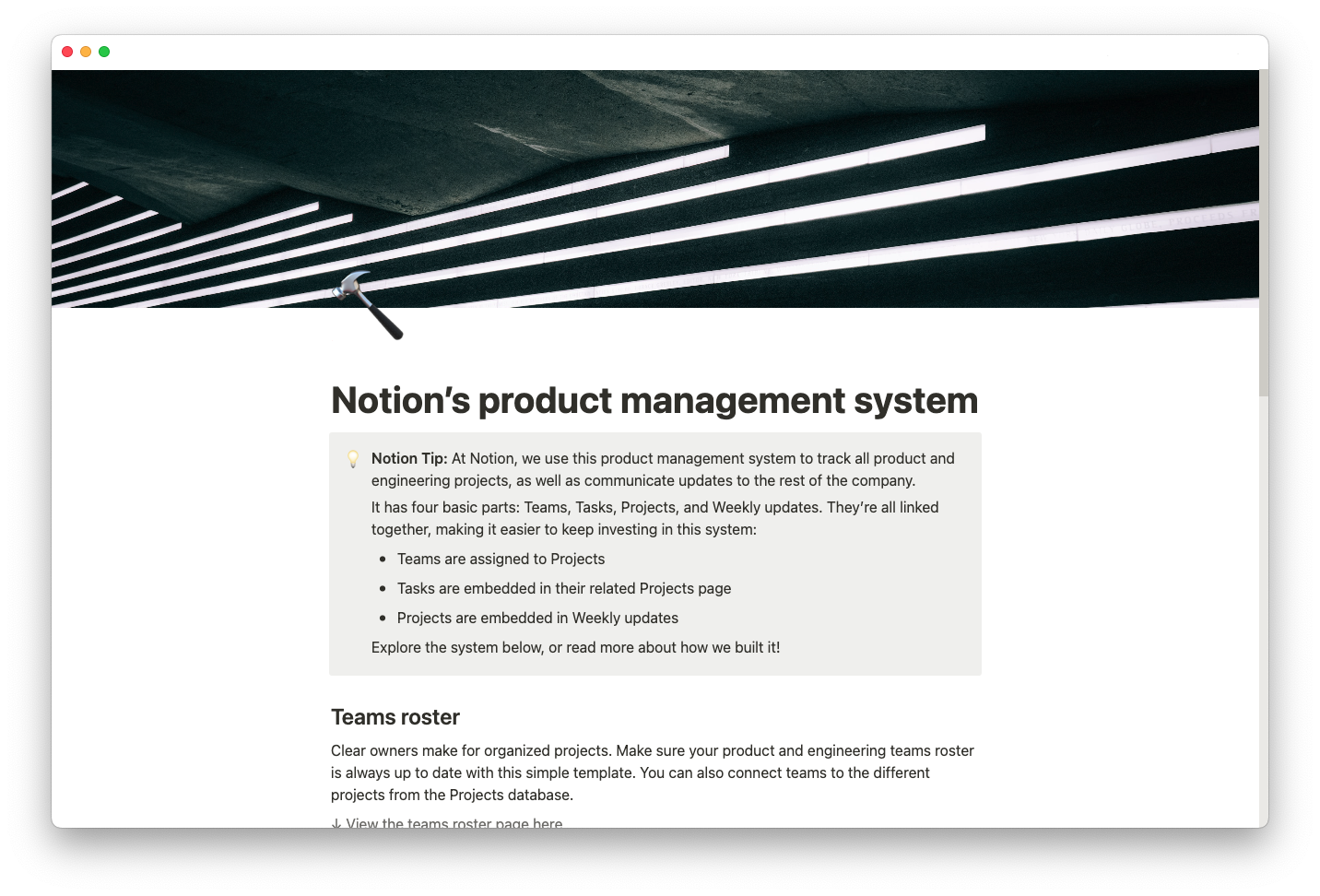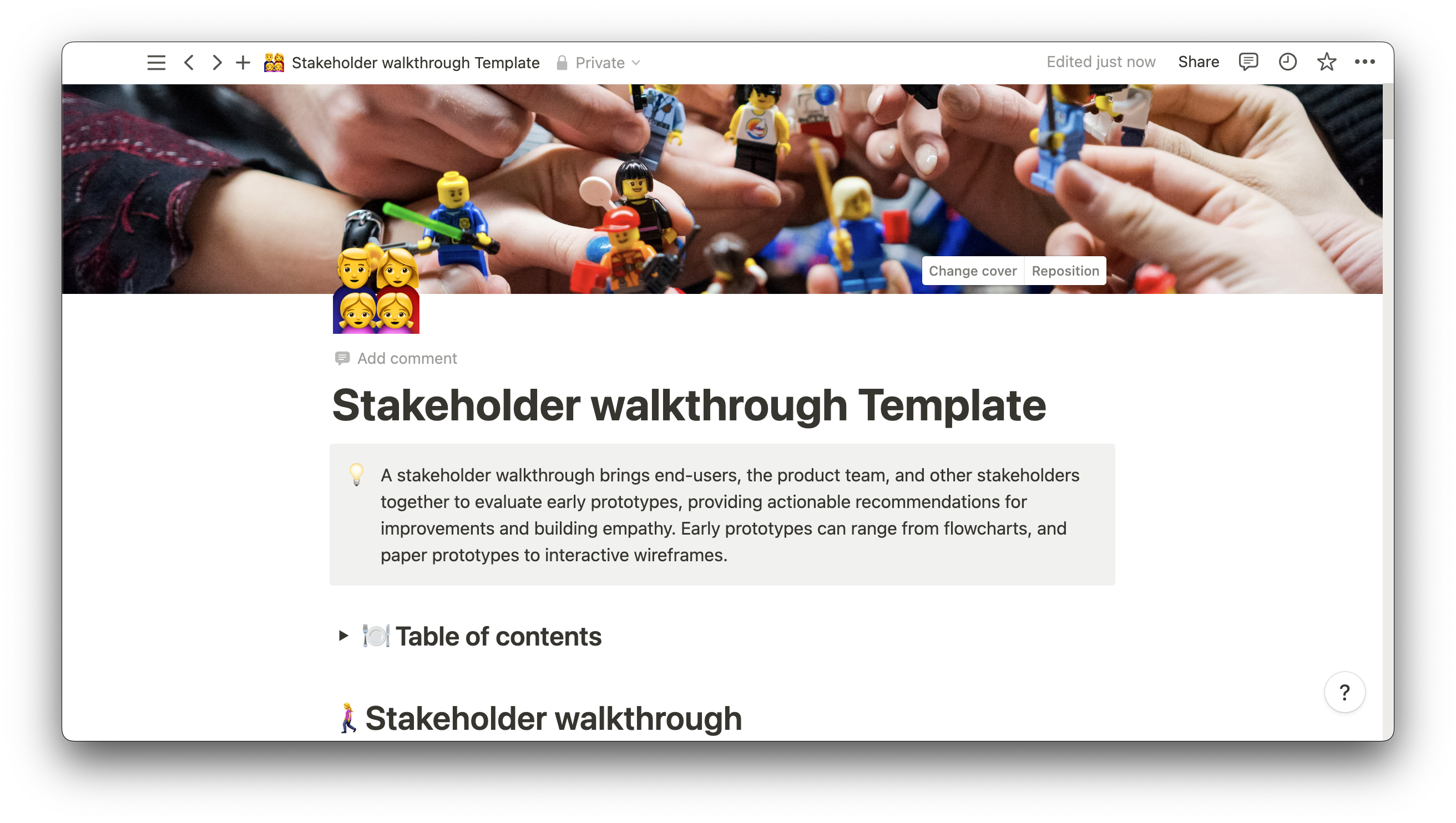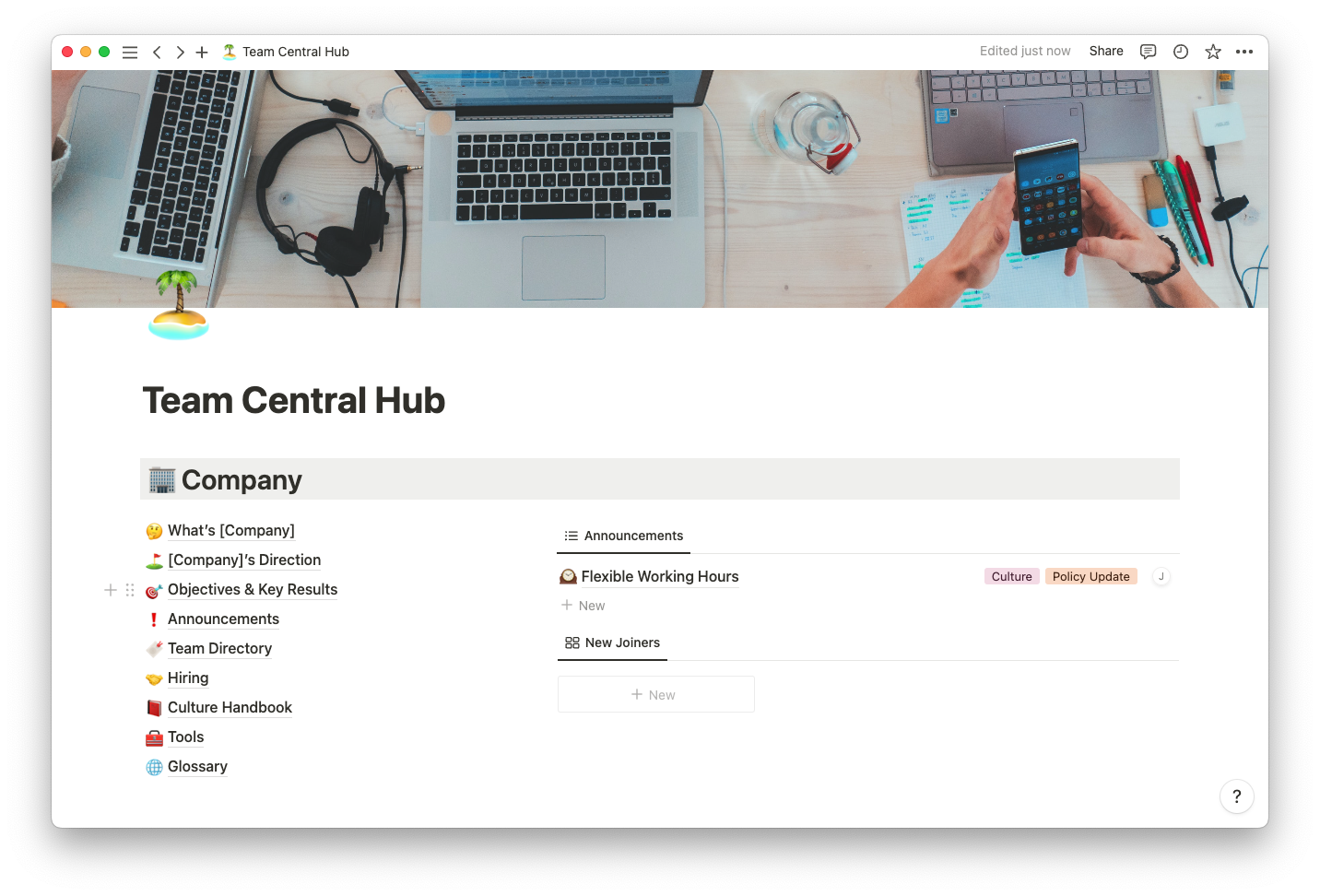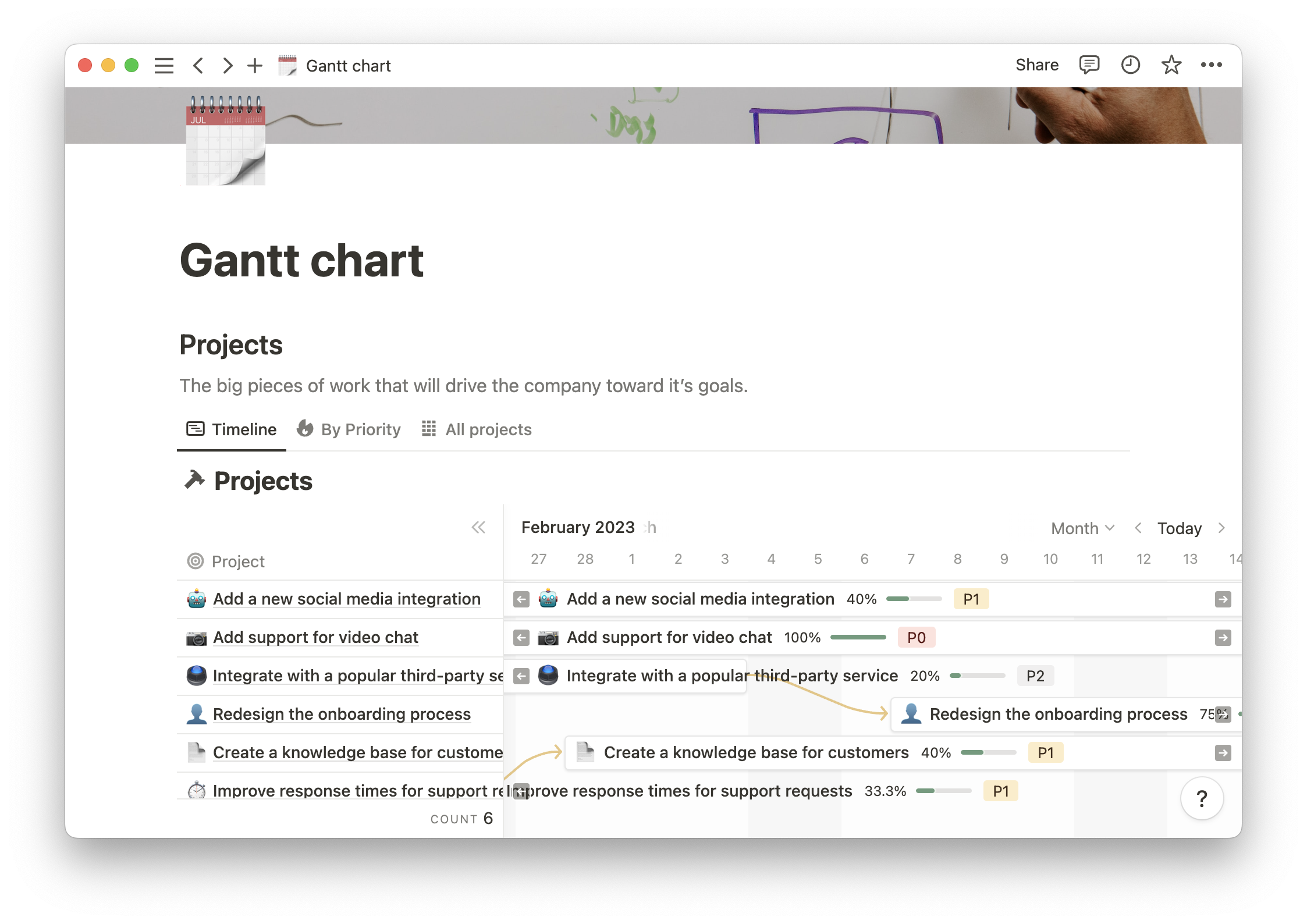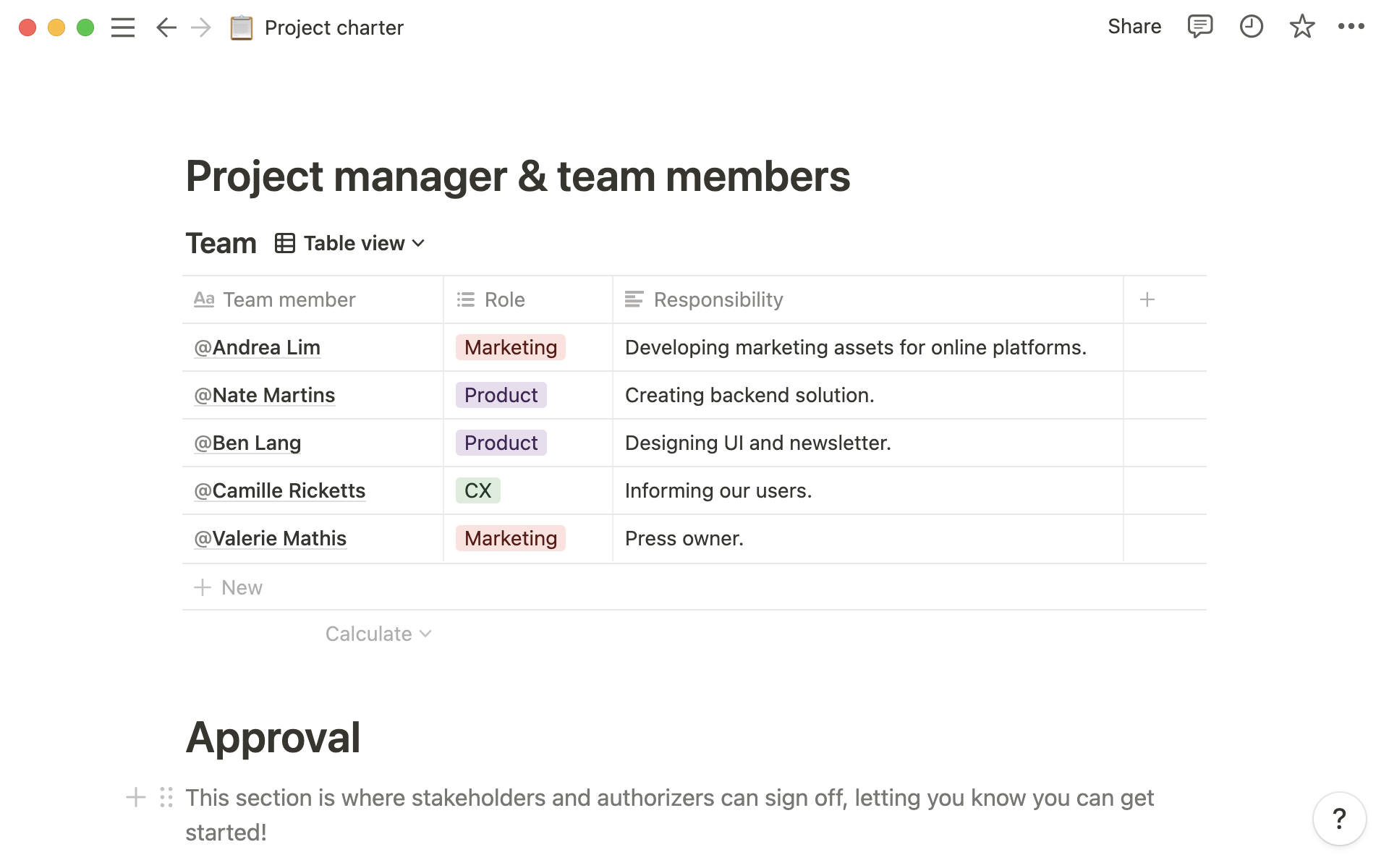Coaches and project managers both push their teams to achieve stellar results, but success metrics aren't as clear-cut for company employees as for athletes.
Instead of quantifiable batting averages or sprint speeds, team performance depends on subtle skills like conflict resolution, clear communication, and goal-setting. Managers need more complex data than product sales to get a complete picture of their employees’ efficiency.
Although there are many strategies for analyzing group dynamics, a team effectiveness model provides a straightforward and structured way to assess team performance. Learn about the most common team effectiveness models and how they simplify group synergy.
What’s a team effectiveness model?
A team effectiveness model is a framework companies use to objectively analyze a team's performance and productivity. There are dozens of specific models that emphasize distinct criteria, but the primary goal of these templates is to offer a clear, structured, and data-driven view of how well employees work together. After reviewing the information in a team effectiveness model, leaders can celebrate strengths, identify weak points, and brainstorm potential strategies to optimize efficiency.
The importance of using a team effectiveness model
Efficacy is the hallmark feature of these frameworks, and models often benefit company culture and coworker camaraderie. Using a team effectiveness model also:
Provides a reliable view into team synergy — the precise and well-studied metrics in team effectiveness models provide an unbiased, research-backed view of team performance. And the standardized nature of these frameworks streamlines the evaluation process and frees up time to address pain points with proposed solutions.
Promotes social cohesion — team effectiveness models emphasize the importance of diversity, honest communication, and shared responsibility, all promoting a socially cohesive and psychologically safe work environment. And the more comfortable team members feel expressing themselves and working together, the higher the odds of improved employee engagement and talent retention.
Enhances decision-making — effective work teams have an easier time reaching tough decisions and navigating tricky situations. Even as debates and disagreements arise, team members understand their roles and the accepted deliberation process to keep moving forward.
Aids conflict resolution — conflicts happen, but they don’t have to destroy your operations. With a team effectiveness model, employees have a conflict resolution framework to help them through stormy situations. And managers gain insights when analyzing prior conflicts, archiving this information in their knowledge base.
Examples of team effectiveness models
Team effectiveness models all aim to help teams achieve their best results, but various formats focus on different traits to identify inefficiencies and encourage strengths. Picking the optimal approach depends on a company's goals, work preferences, and challenges, and selecting the right one might involve some experimentation. Consider the following features of popular models and how they align with your values, objectives, and work culture.
GRPI model
First proposed by education researchers Irwin Rubin, Mark Plovnick, and Ronald Fry in 1977, the GRPI model focuses on establishing and analyzing the four metrics in its acronym:
Goals — each team must define and communicate clear and actionable goals to ensure alignment, set a shared vision, and avoid project management issues like scope creep.
Roles — after defining the primary goals, assign transparent duties and privileges to each team member to prevent overlap in responsibilities and establish unambiguous task accountability.
Processes — develop standardized work roadmaps, procedures, and decision-making protocols to hit target deadlines with maximum cohesion and minimal lag.
Interpersonal relationships — declare rules for respectful discourse, debate, and conflict resolution to improve group trust and minimize disagreements.
Katzenbach and Smith model
The Katzenbach and Smith model's name comes from the authors Jon Katzenbach and Douglas Smith, who developed this framework in the 1990s. The method evaluates teams and their efficiency by placing them into one of four categories:
Working groups — members of a working group perform independent tasks rather than contributing to a collective goal or purpose. Instead of holding each other accountable to a shared vision, working groups only meet to assign duties and expect each member to complete their tasks independently. And unlike the upcoming three categories, participants don’t see themselves as part of a collaborative team.
Pseudo teams — here, members believe they’re in a genuine team, but their actions and interactions remain superficial and lack a well-defined purpose. Team members may meet to discuss issues and strategies, but there’s no true collaboration, risk-taking, and mutual responsibility.
Potential teams — potential teams have some positive traits, such as goal-setting, decision-making procedures, and clear role assignments, but they don’t yet have all the attributes to achieve their maximum efficiency.
Real teams — a real team has a set of well-defined shared goals and a high level of interdependence. Members of real teams share skills, passion, and a commitment to collective success. Each participant holds themselves accountable for achieving their objectives, and they never lose sight of their vision. If real teams take these features to the next level, they reach the pinnacle of Katzenbach and Smith’s hierarchy: a “high-performing team.” To foster high-performing teams, Katzenbach and Smith emphasize analyzing group traits such as interdependence, shared accountability, and commitment to a collective goal.
Tuckman's FSNP/FSNPA model
After studying interpersonal relationships at the American Psychological Association, Bruce Tuckman proposed a team effectiveness model in the 1960s focused on four sequential stages:
Forming — in this initial stage, team members form bonds and start understanding the basics of their responsibilities and goals. Since this is the first phase in a team's journey, it's common for employees to feel uncertain about their objectives, which may cause them to be overly cautious when establishing connections.
Storming — once they complete initial formalities, members begin introducing conflicts (or "storms") into the workplace, including disagreements over processes, role expectations, and priorities. Successful teams rely on conflict resolution procedures and decision-making protocols to encourage honest debate without derailing operations as disputes arise.
Norming — as teams iron out their conflicts, they start following accepted norms for their daily workflows and communication procedures. Each member begins to feel part of a collective whole as they work toward their company's goals.
Performing — the performing stage occurs when teams achieve a well-defined group identity and a high level of trust, which propels them to peak productivity rates. During this phase, team members have a strong desire to work together and achieve shared goals.
Following Tuckman's 1977 revision, some versions of this framework include an "A" for "adjourning." This final stage refers to breaking up procedures after a team completes its objective, including analyzing weaknesses and recognizing accomplishments.
LaFasto and Larson model
Also known as the "Five Dynamics of High-Performing Teams," this model draws on research conducted by the authors Richard L. LaFasto and Carl E. Larson. According to their findings, the most effective teams consistently share five features:
The right members — forming an effective team starts with carefully selecting employees with the required competencies and communication skills to fulfill their duties. Beyond evaluating each candidate's skillset, the LaFasto and Larson model encourages team diversity for dynamic brainstorming sessions and innovative problem-solving strategies.
Good relationships — after deciding who's in a team, focus on how members communicate to maximize trust without sacrificing honesty. The LaFasto and Larson model emphasizes open communication channels moderated by respect for everyone's opinions. This respect makes participants feel validated in their roles, which lets managers confidently assign responsibilities to receptive team members and encourage strong goal setting.
Problem-solving procedures — even with respectful communication policies, teams must prepare for disagreements with transparent decision-making and conflict-resolution protocols. Defining problem-solving strategies helps teams through challenging scenarios and reduces significant delays or damaged morale.
Team leadership — choosing effective leaders isn't just about streamlining the decision-making process. While managers play a role in speeding up debates and establishing workflows, they also address questions and concerns, offer mentorship, and proactively adapt procedures to changing circumstances.
The right organizational environment — the LaFasto and Larson model favors creating a collaborative company culture that values knowledge sharing and offers easy access to educational and professional resources. Effective company environments also exhibit traits like mutual accountability, continuous improvement, and constant support.
Analyze team effectiveness with Notion templates
Whichever team effectiveness framework you favor, Notion has templates to further analyze and enhance collaboration. Store and share your best team efficiency strategies to consistently improve productivity and open communication. And with Notion’s team wikis, you have a centralized hub to collect, contribute to, and collaborate on your team’s most valuable knowledge. Find out all the ways Notion's templates can help you track and fine-tune teamwork.

